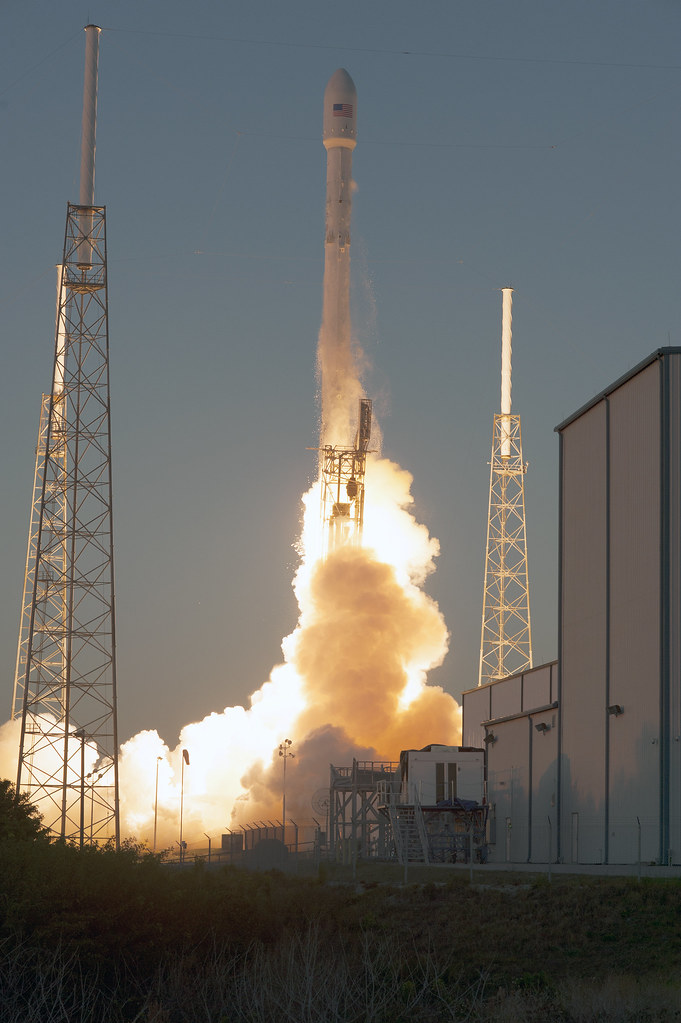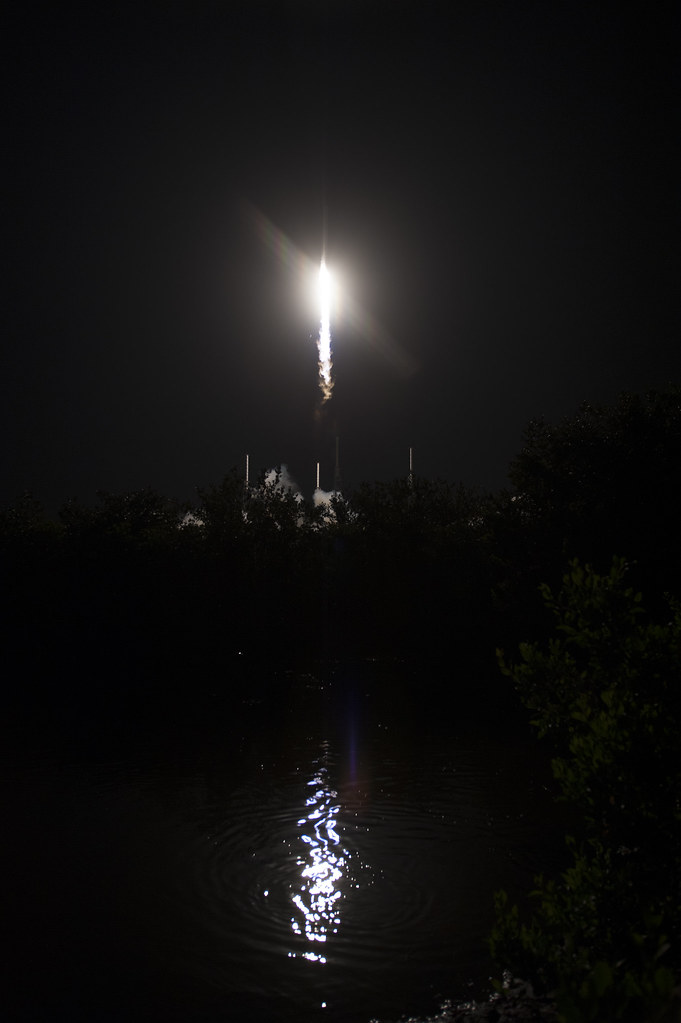
The United States Space Force, recognizing the rapidly evolving nature of space warfare and the need for agile response capabilities, is undergoing a comprehensive organizational restructuring to enhance mission readiness.

At the heart of this transformation is the integration of acquisition and operational personnel into a singular command structure known as the Integrated Mission Delta (IMD).

The Space Force has already piloted two IMD prototypes—one for electronic warfare and another for positioning, navigation, and timing (PNT).

These IMDs consolidate operational experts, acquisition specialists, cybersecurity, and intelligence personnel under a unified commander. This not only streamlines decision-making but also ensures that the teams tasked with developing and maintaining space systems are also involved in their operation.

Lt. Gen. Philip Garrant, head of Space Systems Command, conveyed the success of these IMD prototypes to the Mitchell Institute, asserting the intent to extend the IMD approach across all mission areas.

This future state includes the restructuring of mission areas such as missile warning and space domain awareness, with satellite communications and orbital warfare on the horizon.

The Space Force’s organizational chart outlines eight operational Deltas, each representing a critical mission area, with the PNT IMD being carved out of Delta 8.

This structural overhaul aims to foster unity of command—a key factor contributing to improved readiness as observed by Lt. Gen. David Miller, SpOC commander.

In tandem with these changes, a significant focus is placed on ensuring that these organizational adjustments do not adversely affect the careers of Space Force personnel.

This transformation is designed to be implemented without necessitating relocations for the Guardians in the short to medium term.

Complementing the Space Force’s reorganization is the ambitious drive to establish a robust PNT system for cislunar space operations, as underscored by the Biden administration’s 2022 National Cislunar Science and Technology Strategy.

This interagency initiative, spearheaded by NASA with participation from the Defense Department, aims to improve lunar mapping and other key physical measurements critical for space exploration and operations.
The National Geospatial-Intelligence Agency (NGA) is also preparing to support Moon mapping efforts, a role reminiscent of its contribution during the Apollo program.

Moreover, NGA is collaborating with NASA, the US Geological Survey, the US Space Force, and US Space Command to develop a lunar reference model—a foundational element for PNT services on the Moon.

The gravity of cislunar space, essential for calibrating atomic clocks used by PNT systems, poses unique challenges. Atomic clocks’ precision is crucial not only for military operations but also for managing infrastructure such as the electrical grid.
NGA’s Nikki Markiel elaborated on the complexity of measuring gravity at Lagrange points, which are areas of gravitational balance between larger celestial bodies like the Earth and the Moon.
Furthermore, the Space Systems Command, under Lt. Gen. Garrant, is poised to implement the new Commercial Space Strategy announced by Chief of Space Operations Gen. Chance Saltzman.
Garrant’s vision for the SSC encompasses honing the workforce and delivering capabilities that align with the command’s mission. This vision is reflected in the broader strategic recalibrations of the Air Force and Space Force unveiled by senior civilian and military leaders, focusing on people development, generating readiness, projecting power, and developing capabilities.
These sweeping changes include the redesign of Air Force Operational Wings into mission-ready Units of Action, the elevation of AFCYBER to a standalone Service Component Command, and the establishment of a Department of the Air Force Integrated Capabilities Office.
The significance of this restructuring cannot be overstated as the Space Force and its partners work towards a future where readiness, technological superiority, and cohesive mission execution are paramount. In the words of Lt. Gen. Garrant, “We need capabilities for the warfighter by January 1, 2026, that are fielded, tested, trained, and presented to the warfighter, in about 20 short months.”

This sets a clear and ambitious timeline for these transformative efforts to come to fruition, ensuring the United States remains at the forefront of space operations and defense.
Relevant articles:
– Space Force to restructure all missions into ‘integrated’ units to boost readiness: Lt. Gen. Garrant, Breaking Defense
– Mapping the Moon: Future cislunar ops require better PNT, Breaking Defense
– Connecting at Space Systems Command, Space Force (.mil)
– Air Force, Space Force announce sweeping changes to maintain superiority amid Great Power Competition, Air Force Materiel Command (.mil)

